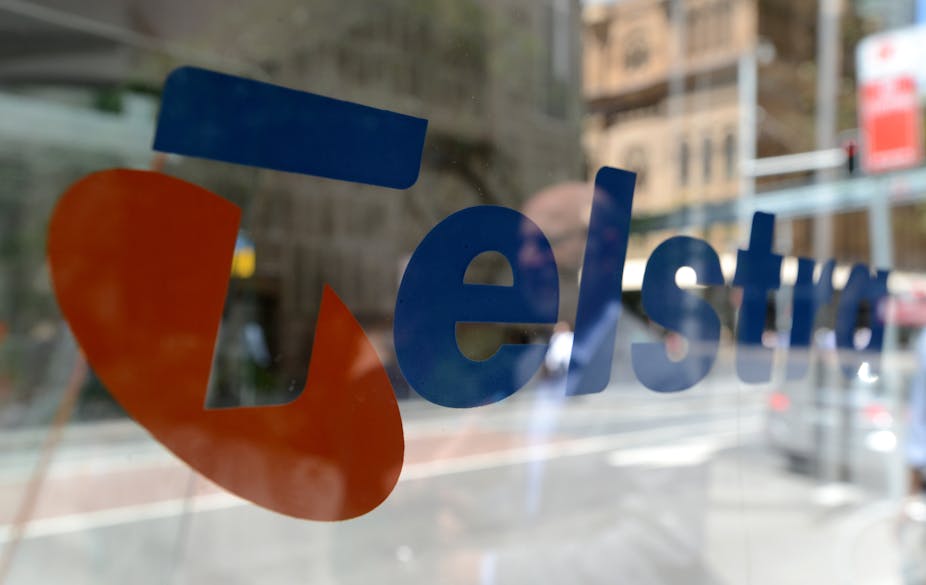Many commentators have claimed that the Coalition has proposed a cheaper but backward fibre-to-the-node option compared to Labor’s top of the range fibre-to-the-premises network.
However, this is not entirely correct. If the Coalition’s alternative is implemented, the capability of putting fibre through Telstra’s existing ducts to premises in the future will be retained. But leaving aside the obvious technological disparities between the two models, there are also differences in the amount and sources of capital investment.
Who is supposed to pay for the node to the premises fibre connection, and when? Under Labor’s plan, the public pays through the bulk of NBN Co funding. But the funding of the Coalition’s model, for the most part, will come from the end users, during or after the bulk of the fibre-to-the-node project is being or has been implemented. The delayed node-to-the-premises stage of the project would be the main time-saving factor, while passing the costs of this stage onto the final consumer would be the major source of the promised $17 billion in public cost savings.
In addition to the one-off difference in the amount of fixed costs out of taxpayers’ purses, the alternative projects are different in terms of the future market structure, competitiveness, as well as in the partial modifications of Telstra’s business model and its potential financial outcomes.
Under Labor’s proposal, a new fibre-optic network will be established as a natural monopoly for some time, replacing Telstra’s monopoly over copper wire. But in the long run, the NBN Co’s monopoly will be inevitably contested by rapidly progressing wireless technologies that will eventually offer comparable speeds. Furthermore, the speed of wireless competitive alternatives does not have to be at the NBN’s maximum of 100 megabits per second. The improving wireless technologies will become competitive to NBN Co if and when they are able to provide lower than 100 megabits per second speeds at competitive prices that are, nevertheless, sufficient for the majority of customers.
What does Telstra get under these arrangements? The NBN Co is paying Telstra $11 billion to use Telstra’s exchanges, ducts, lead-in conduits and for migration of Telstra’s customers on its copper and cable network to the NBN. But for as long as the NBN rollout is delayed, so too will be the payment instalments to Telstra. At the same time, Telstra will continue to enjoy its landline monopoly position in areas where the NBN has yet to be rolled out yet. However, with the phasing out of the copper wire network, Telstra’s monopoly position will be usurped by NBN Co; Telstra will become one of the oligopolistic retail competitors.
Needless to say, the powerful telco has and will be using its current market position to lock its current customers into NBN-based retail contracts in the future. At the same time, nothing will preclude Telstra from researching, developing and competing — from its current powerful position — in the wireless platform, and challenging the NBN Co infrastructure monopoly in the future.
Alternatively, under the Coalition’s model, the NBN Co will not be a natural monopoly. A considerable proportion of Australia’s metropolitan population has long had access to the Telstra and Optus cable networks. On several occasions, Mr Turnbull indicated that those networks could become an integral part of the national broadband infrastructure. The cable networks are already providing 100 megabits per second capability, and are potentially upgradable (without replacing the actual cables) to 300 megabits per second. The technological disadvantage of those networks is, of course, in that they tend to slow down when the traffic increases. However, the peak-hour speed is sufficient for the majority of users and applications.
If the Coalition does not require those cable networks to be decommissioned, Telstra will be competing in the future oligopolistic market of broadband network infrastructure in addition to participating in its NBN segment as a retailer, as well as playing a role in upgrading the wireless technologies and thus competing with NBN through the wireless segment of the market.
Therefore, the Coalition’s option might lead to a potentially more competitive (and therefore more efficient) market, where participants have more incentives to innovate, and where prices should be under competitive pressure. From Telstra’s perspective, this might mean relatively lower profit margins. However, considering its role in both infrastructure and retail sectors, as well due to its favourable starting position, one would expect that Telstra might retain or increase its market share.
It is difficult to predict if a potential financial outcome for Telstra should be better or worse under the Coalition. Mr Turnbull has promised that a faster rollout under of the Coalition’s network would mean a quicker payout to Telstra of the NBN Co’s contractual obligations. Perhaps this uncertainthy is best reflected by the reaction from markets: since the Coalition’s announcement of its broadband policy, Telstra’s share price has fluctuated within the trend of the past three months.

